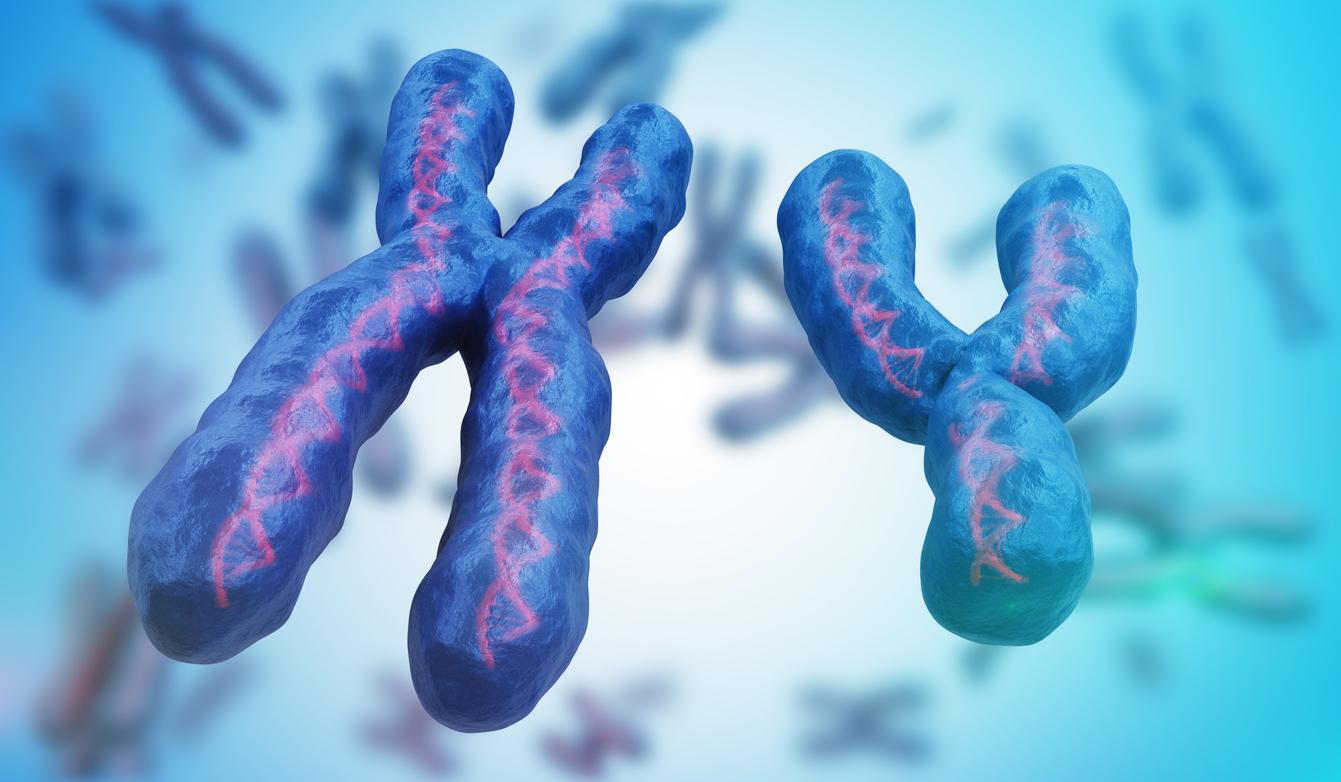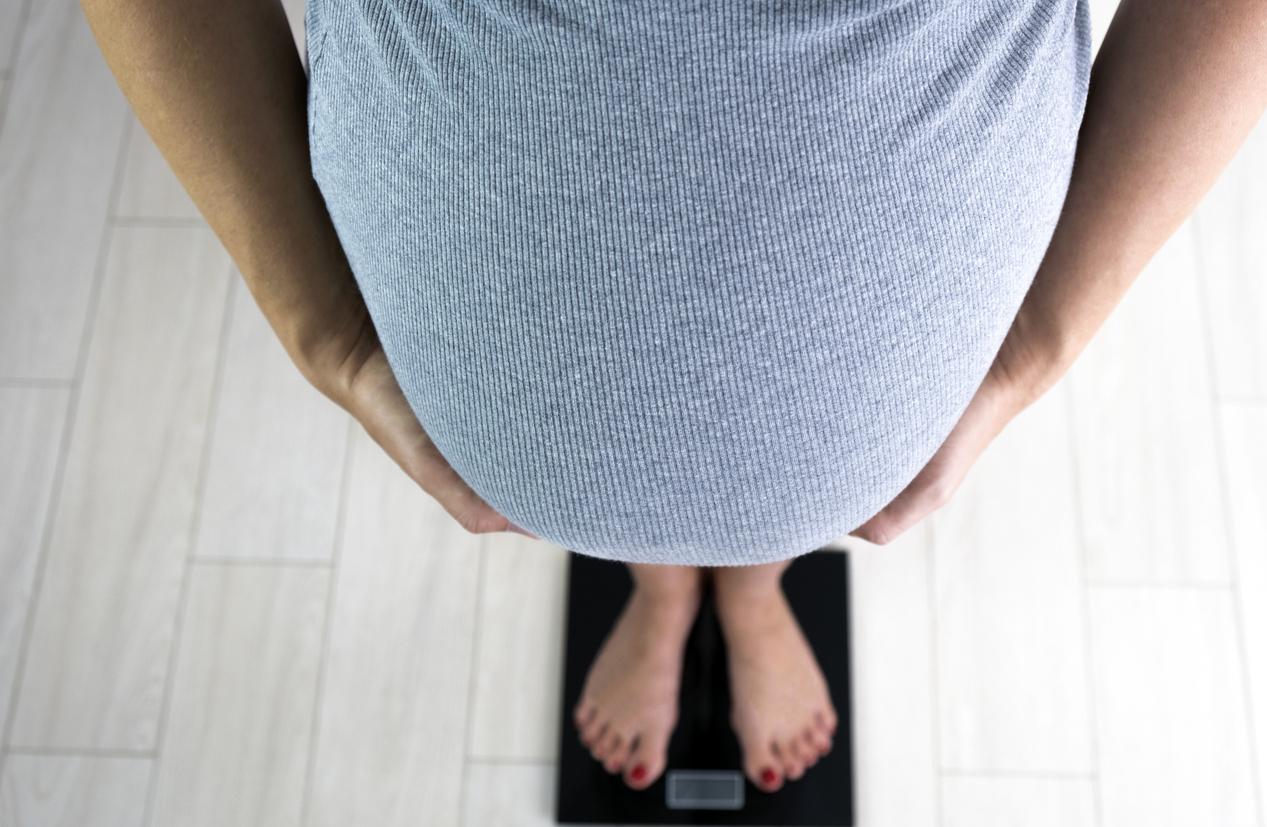Since 2014, the number of cases autism listed seems to stagnate. However, from the 1970s, the frequency of autism spectrum disorders (ASD) exploded. Statistics from the Federal Centers for Disease Control and Prevention (CDC) published in 2015 clearly showed this. In 1975, there were 1 case of autism in the United States for 5,000 children, 1 for 150 in 2002 and 1 for 68 in 2012. Another study by the “Autism and Developmental Disabilities Monitoring” (ADDM) network showed that the prevalence of autism seemed to stagnate since 2012 at 1.47%. To find out if this trend was still confirmed today, researchers at the University of Iowa, in the United States, carried out a new study. The results appeared in the Journal of the American Medical Association (JAMA).
Over the past 3 years, 1 in 47 children has
Scientists first put forward the idea that this massive increase was due to different factors: the classification of certain neurological disorders in ASD, a better knowledge of autism allowing a greater number of diagnoses and genetic and environmental factors. . Their study was then extended from 2014 to 2016 with the parents of 30,502 children and adolescents aged 3 to 17.
According to their results, the rate of autistic disorders was 2.24% in 2014, 2.41% in 2015 and 2.58% in 2016. This increase was analyzed as non-significant and translates on average into a child out of 47 who would suffer from autism. The frequency of ASD then seems to have reached a plateau in the United States since 2014. The authors of the study are aware that their figures are much higher than those of the ADDM, although they follow this idea of a plateau. They justify this discrepancy by the fact that the ADDM would have favored “selected sites” and clinical diagnoses whereas they based their research on the discourse of parents on a national scale.
Read also :
Autism: detecting the disease with the eyes?
A low risk of autism with antidepressants during pregnancy


















